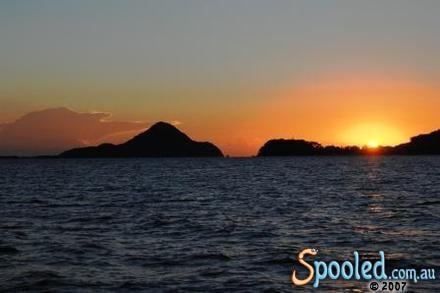The superfood that isn’t so super

Have you been guilty of purchasing Himalayan pink salt because you think it is better for you? The truth has come out and not only is it not better for you, it is also not even from the Himalayas.
Most of that comes from the enormous Khewra Salt Mine, situated between Islamabad and Lahore in Punjab, a bit south of the actual Himalayas in Pakistan.
Pink salt does include more nutrients (potassium and calcium) than normal table salt, but the amounts are so miniscule as to make barely any difference.
Read the full story on Himalayan pink salt in The Atlantic.






Good to know.